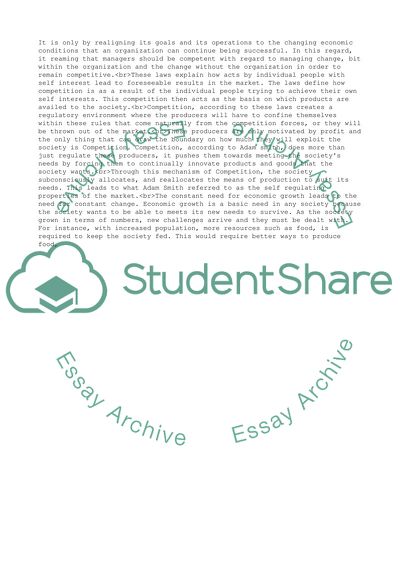Cite this document
(“Discuss what skills might be required from managers to cultivate and Essay - 1”, n.d.)
Discuss what skills might be required from managers to cultivate and Essay - 1. Retrieved from https://studentshare.org/management/1653861-discuss-what-skills-might-be-required-from-managers-to-cultivate-and-foster-creativity-and-innovation-in-workforce-use-examples-to-illustrate-your-discussion
Discuss what skills might be required from managers to cultivate and Essay - 1. Retrieved from https://studentshare.org/management/1653861-discuss-what-skills-might-be-required-from-managers-to-cultivate-and-foster-creativity-and-innovation-in-workforce-use-examples-to-illustrate-your-discussion
(Discuss What Skills Might Be Required from Managers to Cultivate and Essay - 1)
Discuss What Skills Might Be Required from Managers to Cultivate and Essay - 1. https://studentshare.org/management/1653861-discuss-what-skills-might-be-required-from-managers-to-cultivate-and-foster-creativity-and-innovation-in-workforce-use-examples-to-illustrate-your-discussion.
Discuss What Skills Might Be Required from Managers to Cultivate and Essay - 1. https://studentshare.org/management/1653861-discuss-what-skills-might-be-required-from-managers-to-cultivate-and-foster-creativity-and-innovation-in-workforce-use-examples-to-illustrate-your-discussion.
“Discuss What Skills Might Be Required from Managers to Cultivate and Essay - 1”, n.d. https://studentshare.org/management/1653861-discuss-what-skills-might-be-required-from-managers-to-cultivate-and-foster-creativity-and-innovation-in-workforce-use-examples-to-illustrate-your-discussion.


